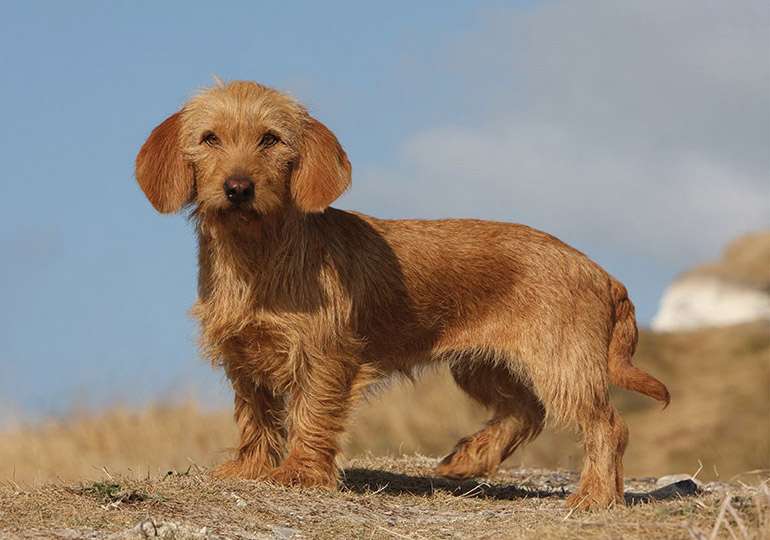
Description
A working dog breed from Spain, the Spanish mastiff has a short, thick coat that can be any colour. The breed was developed as a guard dog, and it is undoubtedly imposing in size. It has a muscular, well-balanced physique overall. The eyes and ears on its very broad, big head are almond-shaped. It also has some loose skin on its neck, which helps to shield more delicate internal parts.
Origin/History
An old canine breed with more than 2,000 years of history on the Iberian Peninsula is the Spanish mastiff. Its precise ancestry is uncertain. However, this dog’s main duty was to defend livestock against wolves and other dangers.
Sheep farming was one of Spain’s primary sources of income in the 10th century. And the Spanish mastiff gained even more value as a flock protector. The dog’s size, strength, and alertness were all bred-in traits. However, it wasn’t until the 1900s that a formal breed standard was created.
Even now, the breed is uncommon, especially outside of Spain. In order to keep track of breeding, the American Kennel Club accepted the Spanish mastiff into its Foundation Stock Service in 2008.
Temperament
Around their family, Spanish mastiffs typically have an affectionate and laid-back demeanour. However, a dog’s temperament can also be profoundly affected by their wariness of people and even other canines. They don’t bark a lot, but when they feel a threat, they will let out a deep bark as a warning.

Care
Although the Spanish mastiff is not a breed with a lot of energy, it nevertheless needs enough space for daily exercise. The prerequisites for grooming it are quite simple. However, more focus should be placed on training and socialization to make sure the dog is amiable and well-behaved.
Exercise
Consider giving your dog at least an hour of exercise every day. Walking, hiking, and intense fetch matches are all excellent activities. Additionally, puzzle toys might aid in mental stimulation for your dog.
It would be good for this large dog to have some time to run about without a leash in an enclosed space. The breed, meanwhile, might not be a good fit for dog parks because it doesn’t usually get along with other dogs.
Grooming
Every week, brush your dog’s coat to get rid of any loose fur and debris. In the spring and autumn, you can anticipate heavier shedding times when you’ll need to brush more regularly. Additionally, depending on how unclean it becomes, give your dog a bath every month or so. Spanish mastiffs frequently drool. Therefore, it’s a good idea to keep a drool cloth close by. You should also make sure to keep your dog’s neck’s skin folds dry and clean.
Plan to clip your dog’s nails about once a month as well. At least once a week, check to see if it needs to clean its ears. And make an effort to daily brush its teeth.
Training
Ideally, when your Spanish mastiff is a puppy, start socialization and training. It can be very challenging to control an adult Spanish mastiff with bad manners because to its size. Teaching fundamental manners and commands to puppies is a terrific idea. Consistently employ positive reinforcement training techniques, and make training sessions exciting and diverse.
Moreover, at an early age, try to introduce your Spanish mastiff to a range of people and canines. Your dog will be less likely to perceive strangers as threats as it experiences more happy interactions.
Diet and Nutrition
Keep fresh water on hand at all times for your Spanish mastiff. And feed it a high-quality, nutritionally sound dog food. Two measured meals should be given twice daily to make sure your dog is receiving the right amount. Additionally, a dog diet designed for large breeds may be beneficial for the Spanish mastiff. Therefore, be sure to go over the meal kind and quantity with your veterinarian. Be careful with treats and other extra food to avoid gaining too much weight, which can put too much strain on the joints of this large dog.
Table





